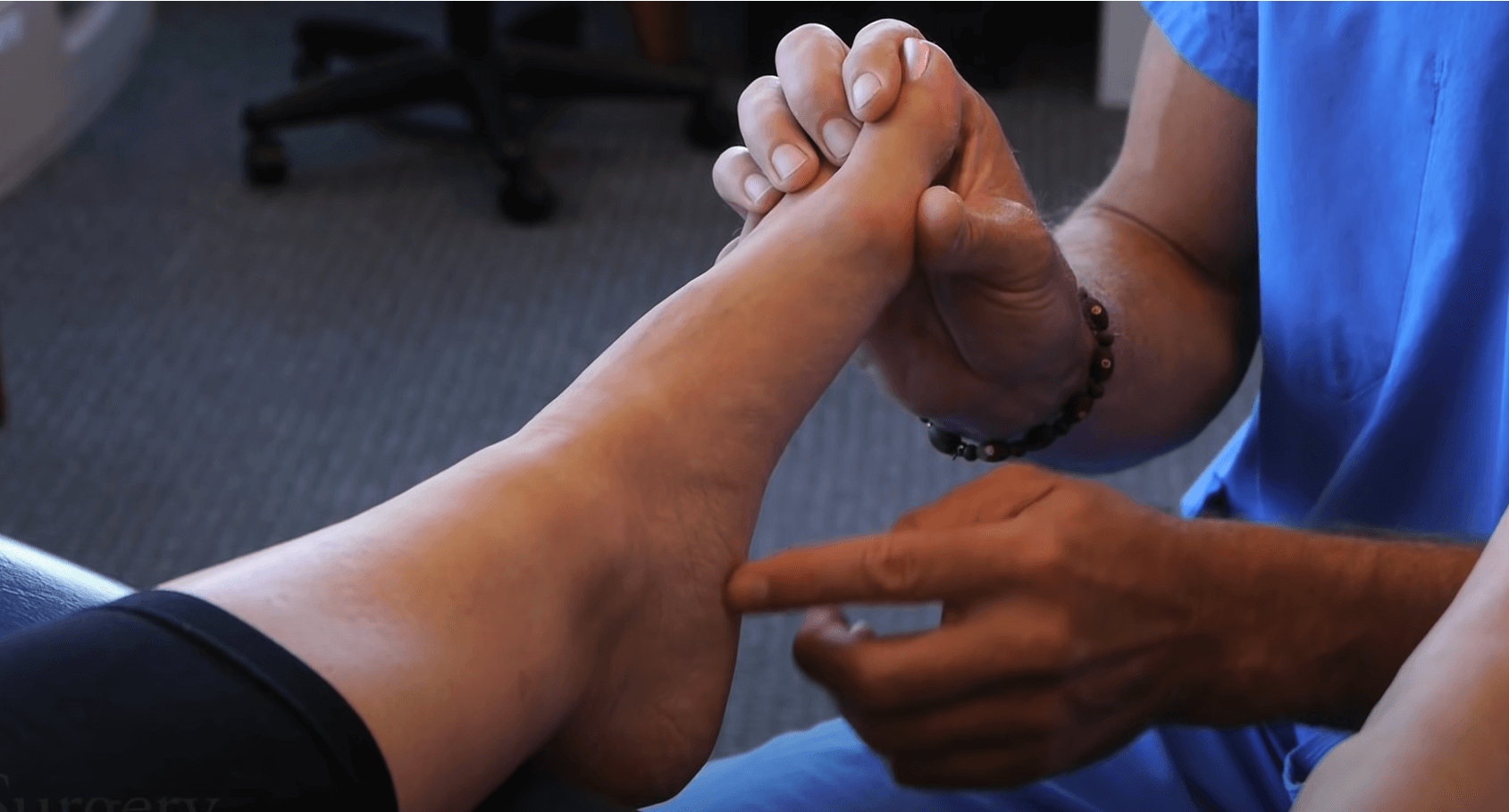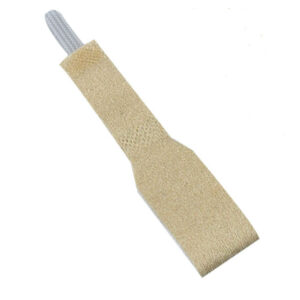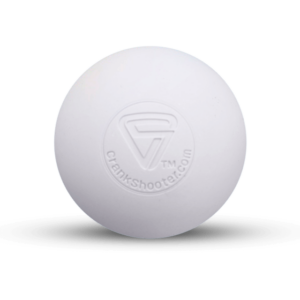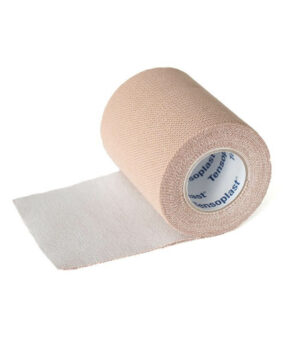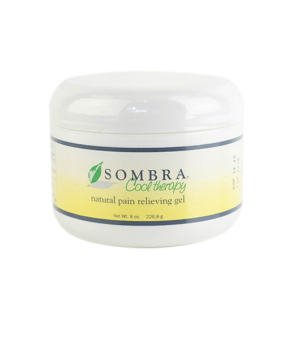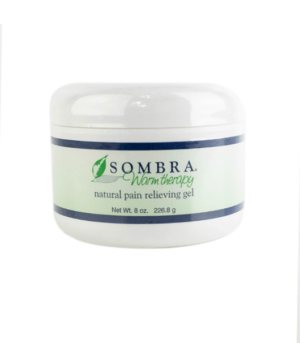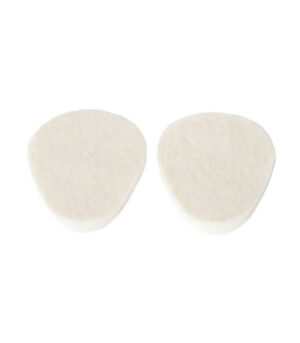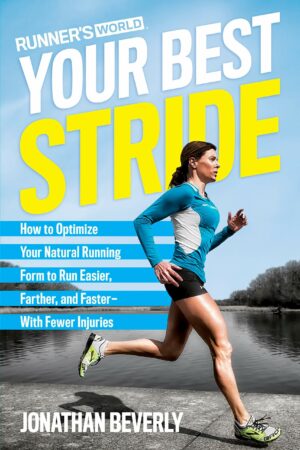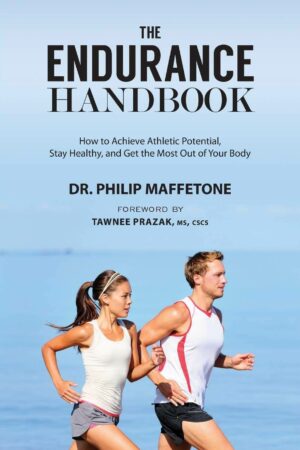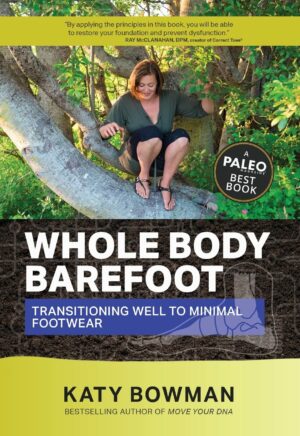Athletes! Many of you have sacrificed your feet to athletic footwear for far too long. It shouldn’t have to be this way. Sport-specific footwear is often full of the latest and greatest technology, designed to help protect the foot while enhancing athletic performance—yet basic human anatomy is ignored. There are virtually zero options for foot-shaped soccer, baseball, and football cleats, basketball shoes, skateboarding shoes, track spikes, etc. Too often, foot function is sacrificed for fashion and bells and whistles in this type of footwear. If shoes aren’t shaped like feet—flat with space for splayed toes—they’re actually limiting athletic potential and causing injuries and deformations. Now, this isn’t to say that specialized footwear isn’t useful or necessary, but more of a call to attention that there are obvious flaws ubiquitous amongst athletic footwear.

Many athletic shoes have a rigid toe spring and narrow toe box that tapers to a point in the middle of the foot. This obviously lifts and pinches the toes together—a subfunctional foot/toe position that is unstable—which increases the risk of injury and hinders performance potential. An aligned big toe is absolutely critical to maintaining a healthy and functional arch—so it makes no sense to push the big toe towards the foot’s midline and lift it above the ground surface. Many more athletic shoes will pair this type of negligent toe box with an elevated heel that further compromises the positioning of the foot and ankle. As one can imagine, this combination creates an even more chaotic and dysfunctional environment for the foot to try to navigate. A foot forced to operate from this positioning really can’t help but overpronate. Dr. Ray McClanahan demonstrates this vividly in his Pronation vs. Overpronation YouTube video. The athletic shoe attempted solution for this self-created instability and overpronation is a built-up “arch support” on a stiff sole that forcefully resists overpronation. It’s a clever band-aid for a self-created problem, but these “arch supports” also prevent natural and normal pronation from happening—a literal bump in the road to a healthy gait.
It’s true that tight footwear is necessary for certain sports, which is why it’s so important to take extra care of the feet when they don’t have to be in that type of restrictive footwear. Within tight, stiff, supportive footwear, the many small bones and joints of the foot become essentially immobilized into a compromised foot posture, and the foot muscles’ ability to appropriately engage, strengthen, and adapt to the varying ground surfaces greatly diminishes. The small intrinsic foot muscles are critical for balance, explosiveness, and injury prevention, but are often underdeveloped due to chronic over-use of ill-fitting footwear and naivety surrounding natural foot health. An obvious strategy to address foot weakness is more external structure and support using taping, compression, braces, etc. There is certainly a time and place for extra support when injured and when performing—but typically while training and in everyday life, the feet should be generally uninhibited and left to support and move you as they were designed to do.
Dangle one foot in the air and observe the shape and width of that foot while non-weight-bearing. Now stand one-legged on that same foot alone. There should be a noticeable difference, especially in width. In many tight athletic shoes, this spreading of the foot while weight-bearing is significantly restricted. Over time, this can create a lot of pressure, tension, and friction within the foot.
The toes, feet, and ankles have become (in my humble opinion) untrusted and untrained in athletics NOT because feet are incapable of performing to our desire, but because they are continually asked to perform from a less-than-optimal (and often harmful) position. This blindspot becomes predictably exacerbated when we also chronically train, and live our day-to-day lives, with our feet in similar positioning. Like water in a vessel, our feet eventually conform to the shape of our shoes over time. Time moves faster for athletic feet and feet that take more steps, but the endpoint is the same—feet shaped like shoes. The less often we’re barefoot, the further we stray from true natural foot health.
It was Leonardo Da Vinci who famously said, “the foot is a masterpiece of engineering and a work of art.” And it is truly remarkable to see the structural similarities between the skeletal arches of the foot and the strongest manmade arches.
Ideally, foot-shaped, zero-drop, barefoot-mimicking footwear would be accessible for all types of sporting occasions. The reality is, we’re not there yet—so for now, we must meet people where they’re at. If you’re an athlete that can’t currently escape your performance footwear, there’s still plenty of ways to incorporate natural foot health into your training, recovery, and everyday lifestyle.

1. BAREFOOT TRAINING
Training in conventional athletic footwear that has arch support, extra stabilization features, and lots of cushioning significantly limits the foot’s ability to function and efficiently absorb impact. Instead (often unknowingly), these impact forces are transmitted up the skeletal system to the shins, knees, hips, and lower back. When training barefoot, you quickly realize that without lots of cushioning or super-soft ground, the heel bone is NOT great at absorbing impact. It takes time and patience to adjust as responsibility for stability and shock absorption shifts to the muscles of the feet and ankles. This will feel unfamiliar and often overwhelming to feet that have spent significant time inside unhealthy footwear. However, the truth is: the foot is capable of all this and more—so long as it’s positioned as nature intended with strong and limber muscles.
Our feet were designed to move and support us for a lifetime, and they will if we take care of them. And by “take care of them” I mean appropriately loading and challenging the feet and ankles and using them to their fullest extent. NOT forever immobilizing, excessively supporting, and pampering the feet always. Barefoot training engages and strengthens smaller intrinsic foot musculature that gets neglected within stiff and ill-fitting conventional athletic shoes.
Beyond any potential athletic performance enhancement that comes with having stronger and better-controlled muscles, the intrinsics are also important for balance by helping your feet to adjust and adapt to the surfaces you’re standing on. And perhaps just as importantly, strong intrinsic foot muscles also help protect the foot from common nagging injuries like plantar fasciitis/fasciosis, stress fractures, shin splints, bunions, bunionettes, hammertoes, and many more.
Another benefit of training barefoot is sensory feedback and proprioception—your awareness of your body in space. A lifetime of wearing cushioned rubber under the soles of our feet has left most feet predictably hypersensitive to even the most mildly textured surfaces. If feet are always wrapped in a fluffy cushion and aren’t regularly exposed to varying hardness and textures—carpet, wood, grass, cement, rocks, sand, etc.—they will inevitably become hypersensitive to touch. For an analogy: imagine wearing earplugs all day every day since the age of two. Then as an adult, the first time those earplugs are removed, everything in the world would seem screamingly loud. The sense of hearing had been excessively sheltered and deprived for so long and is now starved for stimulation to the point that faint whispers register as fire alarms. Similarly, attempting barefoot training without properly transitioning from years (possibly a lifetime) of cushioned, supportive shoes is like being in the front row at a rock concert after wearing earplugs your entire life: too much, too soon. Yet regulating this sensory feedback system is paramount for your nervous system health. With as many as 200,000 nerve endings per sole, the bottoms of the feet absolutely crave attention, texture, and mobility. Establishing good nerve health and sensory feedback from the feet is not only beneficial for an athlete today, but is also important for foot health and balance longevity.
Training barefoot is truly the best way to engage, strengthen, and ultimately protect your feet. However, if you’ve only ever trained with shoes on and/or you’re not barefoot very often, then your feet might not be quite ready to train barefoot just yet. If this is the case, you can start “transitioning” simply by being barefoot at home more often and getting a pair of zero-drop, wide-toe box shoes to allow your feet some time to adjust in. See our blog post on transitioning here. Also check out our YouTube page for mobilizing, stretching, and strengthening exercises that can help smooth your transition.

CORRECT TOES
Individual professional athletes and strength & conditioning staffs from the top professional sports leagues worldwide use Correct Toes to help reverse the damaging effects of narrow, tapered toe boxes. This medical-grade silicone toe spacer helps to position the toes into optimal anatomical alignment and can be customized to fit your unique foot. Correct Toes were designed to be worn while active and exercising so that foot muscles can engage and strengthen into a healthy alignment. Correct Toes can be worn barefoot or within shoes that feature a toe box wide enough to comfortably fit them. We have a list of Correct Toes Approved footwear here. For further reading about some of the specific benefits of Correct Toes for athletes, check out our Correct Toes for Basketball Players post from 2 years ago.
2. CROSS-TRAINING WITH NATURAL FOOTWEAR
Even if you have to wear cleats or specialty footwear during athletic performance, typically other training environments will allow for more flexibility when it comes to footwear. Fortunately, there are several good footwear options to choose from when it comes to zero-drop, wide-toe box running and hiking shoes (some companies are starting to make cross-trainer gym shoes too). Altra, Topo Athletic, Vivobarefoot, Xero, Joe Nimble, and Bearfoot are all examples of shoe companies that make varying styles of athletic shoes shaped like healthy feet that will mostly accommodate Correct Toes. If you are able to wear general athletic and running shoes during certain parts of training, consider using shoes from these brands (Altra typically has the most cushion so they are recommended for people who are used to more supportive and cushioned shoes). The overarching benefit of training in a zero-drop, wide toe shoe is that it gives the foot an opportunity to support itself naturally and operate from more ideal positioning, while still offering significant protection (and sometimes cushion). Similar to training barefoot, these barefoot-style style shoes encourage natural mobility and intrinsic muscle strengthening to help better prepare your foot for when it has to be back inside of a conventional athletic shoe. For Basketball-specific footwear, check out our post from 2 years ago, Basketball and Natural Footwear Options.

3. MODIFYING FOOTWEAR TO FIT YOUR FEET
Since there aren’t any foot-shaped cleats (or basketball shoes, etc.) yet, shoe modifications are a simple strategy to help you change your footwear to fit your feet better. The most egregious problem with athletic shoes is usually a narrow, tapered toe box. The first and easiest way to tackle this is by simply removing the removable insole from the shoe if the shoe has one. Another strategy is to re-lace the shoe so the lacing starts 1-2 eyelets back from the toe box. This gives the upper more ability to expand around the toes. Additionally, a wooden shoe stretcher or ball-and-ring stretcher can help to expand the toe box upper material; but if the upper won’t stretch, small incisions can be made in the toe box upper to allow the toes a little more room. Of course, it also helps if you have a wider shoe model to start with in the first place.

Another potential solution found while researching was a company called Custom Cleats that transplants cleats onto sneakers and other types of shoes. It’s unclear how this process would work on a minimalist shoe, but it might be a viable solution for foot-shaped shoes that have a thicker stack height. A similar clever solution for golfers comes from the company Golfkicks, which sells individual golf spikes that can be screwed into the bottom of sneakers with thick enough stack heights (1/3 inch).
RECOVERY
Correct Toes toe spacer is a fantastic tool for training, encouraging the development of natural stability and strength. But Correct Toes is also a great recovery tool too! Anyone who’s been a part of grueling sporting matches with their toes crammed into tight athletic shoes knows what a relief it is to take those shoes off post-game and let your feet breathe and toes splay out wide. Correct Toes can help to make sure that a healthy splay—anatomically appropriate for your foot—is maintained during the recovery period. Having the toes properly aligned not only solidifies inherent foot stability, but also positions the nerves, vasculature, and other soft tissues into their optimal alignment. For context, when the big toe gets pushed over as seen within a narrow toe box, blood flow to the foot can decrease by 20% (Jacobs, et al. 2019)!! Conversely, when the toes are aligned with the foot bones, the foot vasculature becomes optimally positioned for robust blood circulation and healing response. The feet are furthest from the heart and injuries commonly happen to poorly vascularized structures, so maintaining optimal blood flow is critical for healing chronic foot injuries. These circulatory benefits, in conjunction with the natural stability that comes from the foot posture facilitated by Correct Toes, go a long way towards keeping minor injuries from lingering and preventing injuries altogether.

If you’re someone who is often active in shoes that aren’t flat and foot-shaped, it’s only a matter of time before your feet start to become shaped by the shoes they reside in. And until more foot-healthy specialty athletic footwear exists, harm reduction is our best strategy at improving this type of athlete’s foot health. I hope this article helps to increase awareness of some of the problems in athletic footwear and the potential consquences, as well as provide some useful strategies for navigating natural foot health in a world full of unnatural footwear.
Addendum: There is a new, rising startup shoe company called CODE Footwear that makes sneakers and cleats custom-built for your specific feet based on a volumetric 3D foot scan. They are currently taking pre-orders for both footwear options with an anticipated launch date of Spring 2022. Cleats are estimated retail price of $695 and the sneakers are $595, and I don’t think that covers the cost of a foot scan. This could be the future of footwear moving forward, folks!
*** This post is for educational purposes only and is not medical advice. Please consult with your holistically-minded health provider before initiating any treatment strategies.
Written by: Dr. Andrew Wojciechowski, ND
If you’re seeking more individualized foot health care and would like to work with Dr. Andrew directly, you can schedule at Northwest Foot and Ankle.
Schedule a virtual remote consultation with Dr. Andrew Wojciechowksi, ND.
Schedule an in-person appointment with Dr. Andrew Wojciechowski, ND at Northwest Foot & Ankle in Portland, OR.





